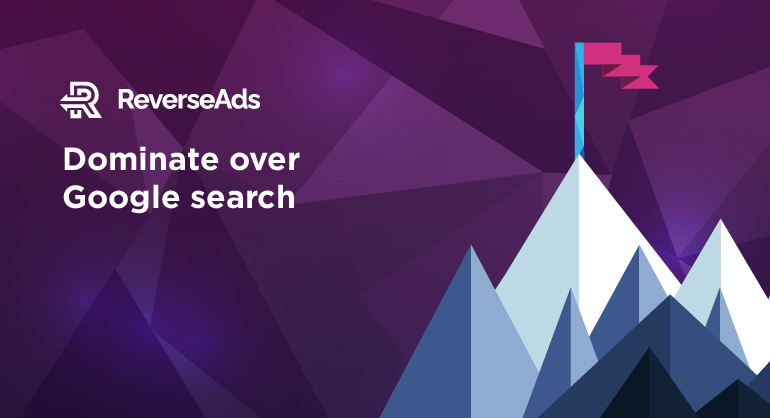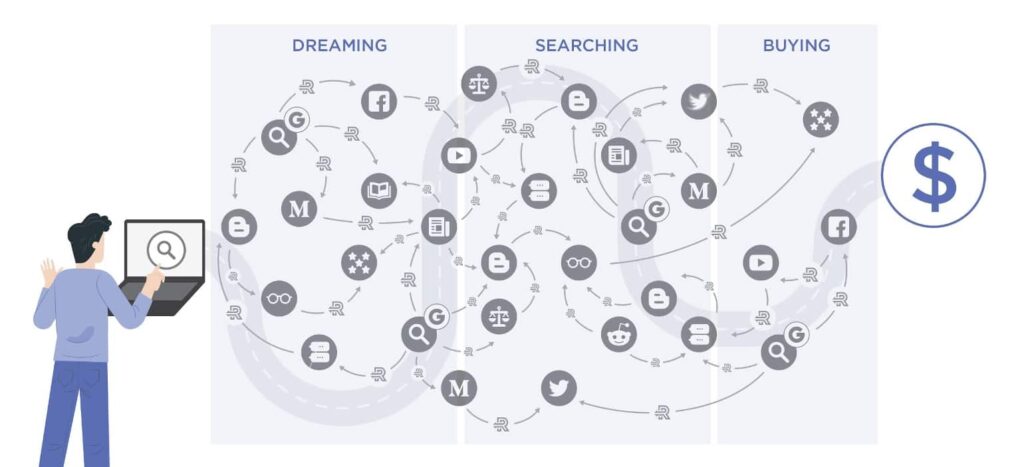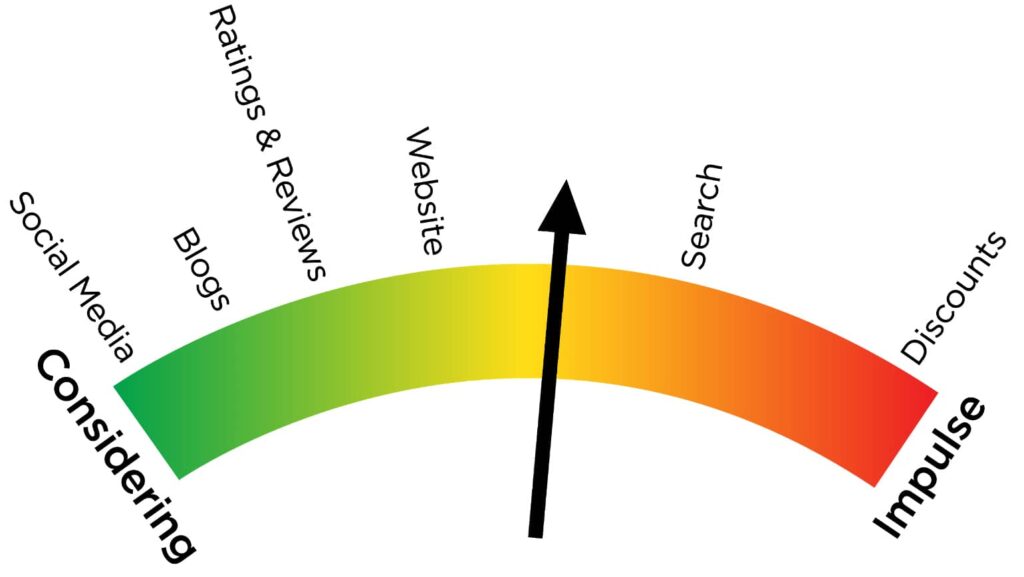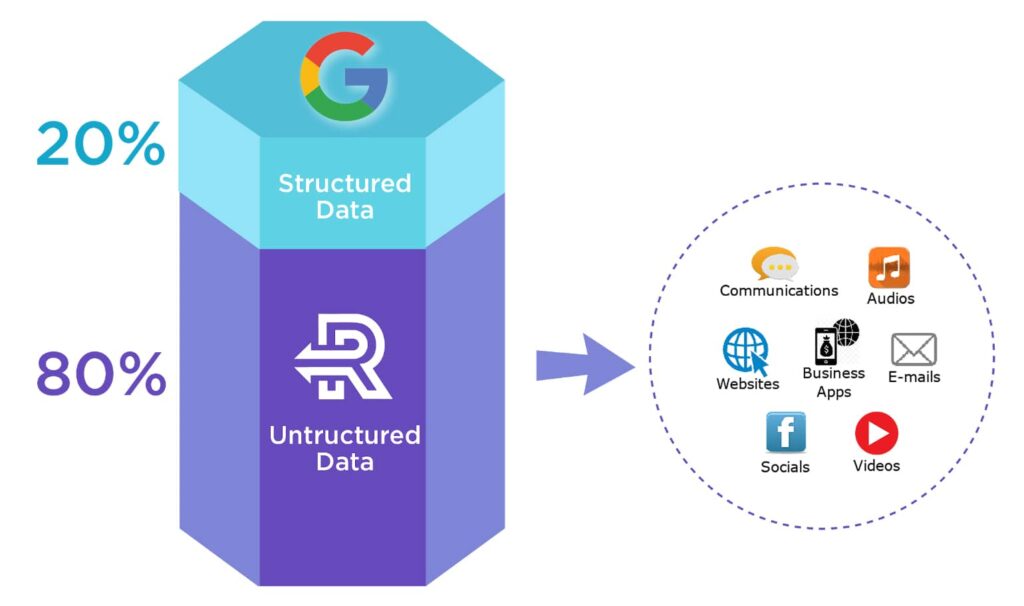ReverseAds Now Dominates Google in Considered Purchase Paths

Don’t feel like reading? Listen to this blog instead
The online path-to-purchase is not as straightforward as Google would lead you to believe, diminishing the potential for conversion when it comes to considered purchases. Businesses relying solely on GoogleAds are neglecting the evolution of the new buyer’s journey. They should be exploring more data-informed options that maximize scope and conversion opportunities throughout the considered purchase path.
The buying journey has completely changed over the last several years, rendering what used to be a much more linear purchase path into a non-linear and extended route to an eventual considered purchase. This shift in how consumers shop for products reflects a growing trend in how we as humans operate and make decisions on a day to day basis with the proliferation of the internet and connected devices. It also illuminates deficiencies in a Google-centric approach to online advertising. A new, more predictive, and data-centric methodology to serving ads is outperforming Google in considered purchases by upwards of 300%.

The Rise of the Considered Purchase Path
The average U.S. household has 11 connected devices , which contributes to the growing amount of time that consumers spend researching products. 81% of consumers spend time researching a product online before making a purchase, and 79 days carrying out this research. These data points illustrate the purchasing behavior changes, and how considered purchases have become more common than impulse buys.
Where GoogleAds Fall Short
As consumers spend days researching a product, the sales funnel becomes much more complicated. Search tactics extend beyond the search engine and into channels such as online reviews, social media posts, and product description comparisons.3 This progression of behavior, fueled by the desire to make more informed purchasing decisions, is extremely relevant and should reshape the approach that media buyers take to online advertising.

GoogleAds don’t offer a solution to the challenge presented by increasingly complex sales funnels and multichannel research tactics. This leads to an inability to capitalize on the reservoir of data generated by consumers on the considered purchase path. Think about the sheer amount of data that is generated from clicks, likes, follows, search engine results, and eCommerce platform search results. Why is this data being disregarded when it can inform predictive intelligence tactics that increase your online ads’ performance?
The root of this problem is that GoogleAds are linear in nature. When a consumer conducts a Google search using an Adword that you purchased, GoogleAds only has the one opportunity to generate a click and ultimately a conversion. Considering the consumer is not just conducting a single search and choosing from the first few results that they see, you lose them as soon as they go elsewhere, and are forced to wait until the next time they search on Google using your Adword.
One search. One Impression. One opportunity to serve your ad. We see this as a significant number of missed opportunities to collect data, pinpoint purchase intent, and serve your ad to the most receptive audience. Especially when you realize that the number of online consumer touchpoints ranges from 20-500.
Evidence of the decline in influence that GoogleAds possesses can be seen in Amazon’s ascension to the primary product-search resource for consumers. 49% of internet users start their online shopping search on Amazon, while only 22% start on Google. 5 Google’s search ads are ultimately leading to a tiny percentage of products receiving representation in their search results, and Amazon recognized this moment as a chance to start generating sales from outside of Google.
Turning this Challenge into an Opportunity:
Luckily, decreasingly capable search ads such as the ones that Google offers are not the only option for businesses seeking a competitive advantage. It is possible to reverse engineer the search ad process and cast a wider data acquisition net to collect more diverse user intent data from actions taken on various platforms beyond google search.
If your customers are making considered purchases and spending time researching products before “clicking buy”, then there is an abundance of data available through most of a consumer’s online activity along the buyer’s journey. This data can then help identify keywords that will make it possible to determine when a defined user has reached a site in real-time to serve them an ad and inspire conversion. As these data points accumulate, businesses can use predictive intelligence to pinpoint consumers with the highest purchase intent levels and ensure that ads are being served to this highly receptive audience.
Much of this data is considered “unstructured data”, and is not currently being utilized by search ads to improve advertising results. In fact, 80% of enterprise data consists of unstructured data, which makes it one of the most underutilized data sources in existence. 6 The direct data network constructed by ReverseAds makes the most of unstructured data and makes every unique data element visible and valuable.

The ability to collect and utilize unstructured data opens the door to a much more informed digital advertising approach. Using our ReverseAds assignment algorithm, we are unique in our ability to comb through this data securely and precisely identify user’s keywords through past searches, clicks, likes, follows, and purchases, all within GDPR, CASL, and CCPA compliance. Once this data is onboarded, ReverseAds identifies when a defined user on the considered purchase path has landed on a site within our networks and serves them an ad.
Companies that are marketing their product or service to a consumer who is making a considered purchase miss a significant number of opportunities to serve their ad to this consumer. This is because Google only serves your ad at the precise moment a user searches for a product using your adword. The result is reduced potential for impressions, clicks, and conversions. One ad is one chance to click, while ReverseAds identifies a user’s purchase intent based on their interaction with your keyword, and subsequently serves them your ad for 30-90 days, or until a purchase is finalized.
Driving Results
Considered purchases are simply not the same as impulse purchases. These two contrasting types of purchases require a different approach to advertising. As an example, when a consumer is looking to buy a new car, they are typically spending 96 days in the market and 13 hours conducting research. 64% of these online car shoppers compare models, 63% are locating dealerships, and 34% of them are exploring social media to inform their purchase decisions.
All of this time spent shopping and researching online results in the generation of extraordinary amounts of unstructured data. Dealerships and car companies relying on GoogleAds to market to this consumer base miss the precious opportunity to collect this data and utilize it to ensure that their ads are being served to the consumers demonstrating serious purchase intent.
ReverseAds recognizes this flaw and provides a solution that addresses it. This is why we were able to increase impressions by 1,900% and clicks by 237% for a BMW location in Canada. This resulted in an increase in test drives by 22% over 90 days, and the sale of 120 more new cars than any other Canadian BMW dealership over the last six months of our partnership.
Businesses that inspire considered purchases should be looking beyond GoogleAds for ways to optimize their digital advertising and ReverseAds is offering an innovative solution to account for evolving consumer behavior.





